
A unified and coordinated SBCC approach
Behavior Change Communication Working Group (BCCWG) in its 26th meeting further emphasized on the need of coordinated effort for HPN SBCC activities in order to maximize utilization of resources, avoid work duplication
Read Details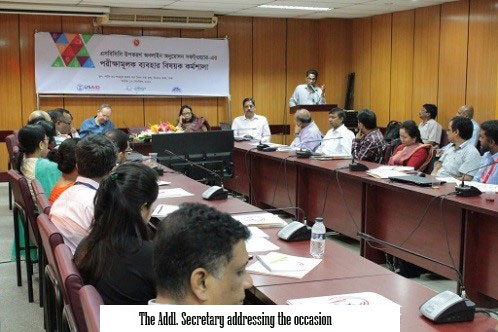
Online SBCC Material Approval (OSMA): a headway towards digitization
An application software has been developed to create an automated system for submission, processing and approval of SBCC material online. This system has been titled as ‘Online SBCC Material Approval
Read Details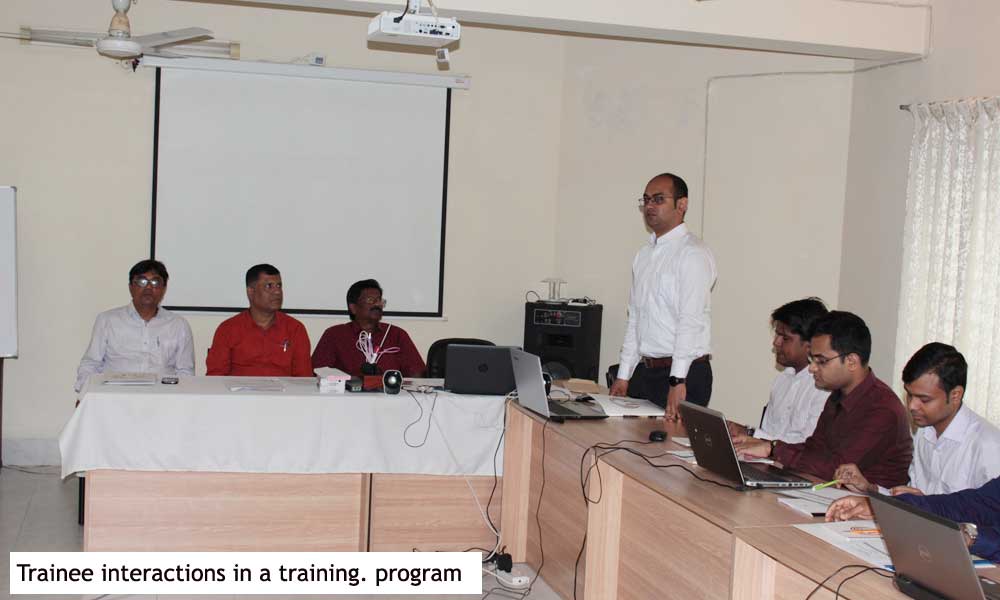
Mainstreaming eToolkit and eLearning course through GoB training system: Ujjiban
The SBCC eToolkit and eLearning course is getting underway in its use at the field level by the FWAs is brought under mainstream training program
Read Details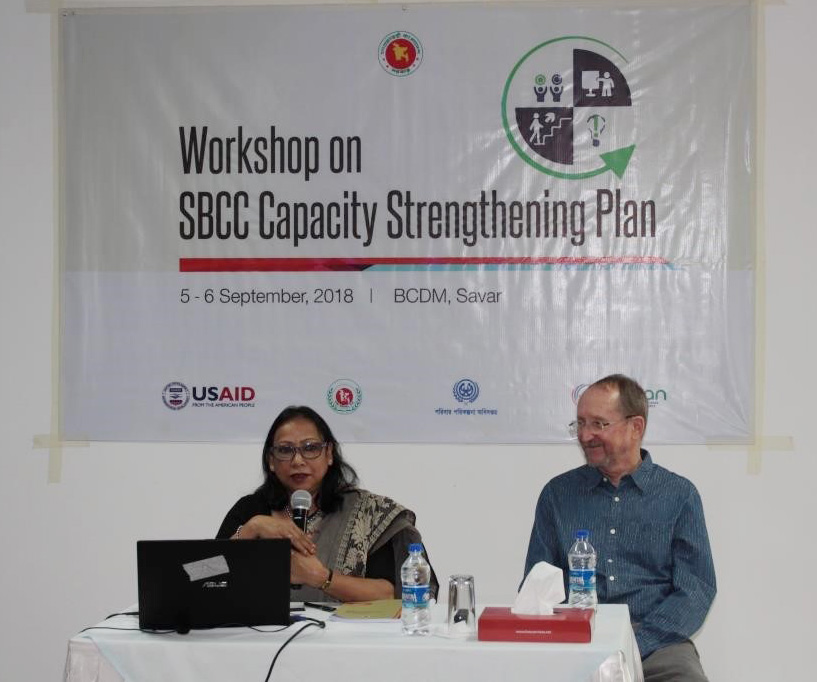
An Engrossing Workshop on SBCC Capacity Strengthening Plan
The workshop on SBCC Capacity Strengthening Plan for the HPN implementation units under the DGHS and DGFP was held on
Read Details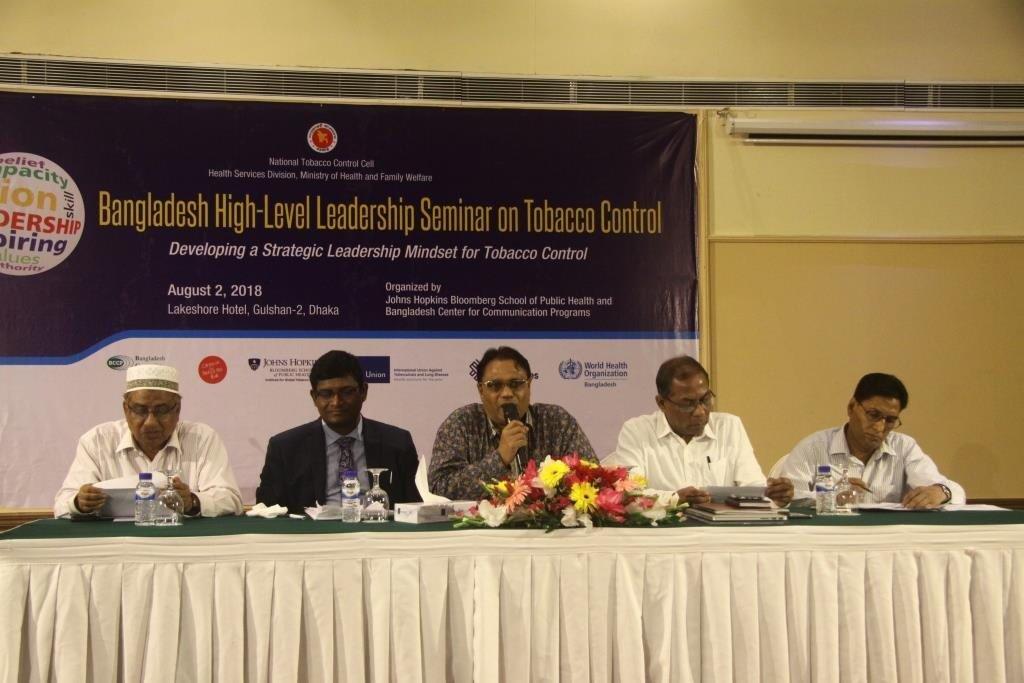
High-Level Leadership Seminar on Tobacco Control in Bangladesh held
Johns Hopkins Bloomberg School of Public Health, USA organized a High-Level Leadership Seminar on Tobacco Control in Bangladesh
Read Details
Bangladesh Tobacco Control Leadership Program began in Cox’s Bazar
A six-day Bangladesh Tobacco Control Leadership Program began in Cox’s Bazar on July 28th, 2018. This is part of the Bloomberg Initiative to Reduce
Read Details
Better coordination brings synergistic impact - Ms. Ashrafunnesa, Director-IEM
The 21st HPN Coordination Meeting was held on July 30, 2018, at 3:00 P.M. in the IEM Conference Room of the DGFP.
Read Details
Inter-unit coordination can attain a better impact in the program Implementation
A workshop on the workplan orientation and coordinated implementation of comprehensive SBCC Strategy for Sylhet division
Read Details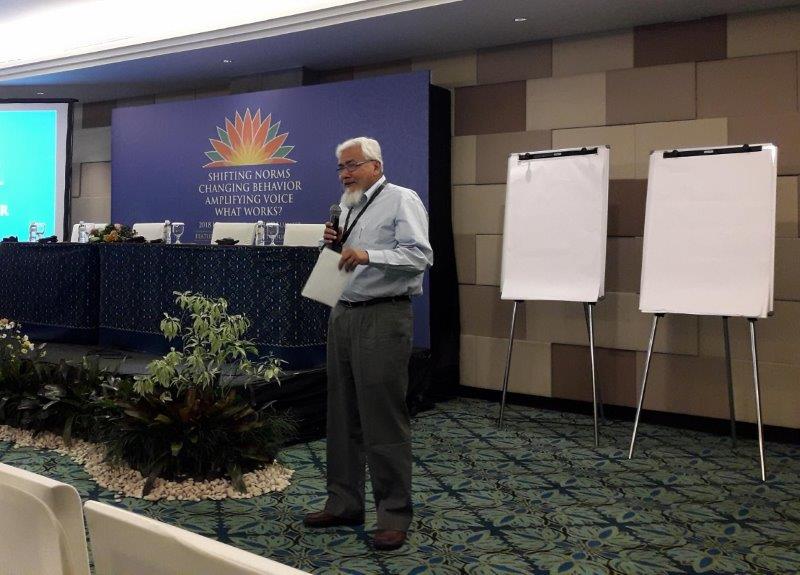
Glimpses of BCCP’s activities in International Social and Behavior Change Communication Summit
The 2018 SBCC Summit was officially inaugurated with enthusiasm, optimism and five strikes of a celebratory gong on 16 th of April, 2018
Read Details